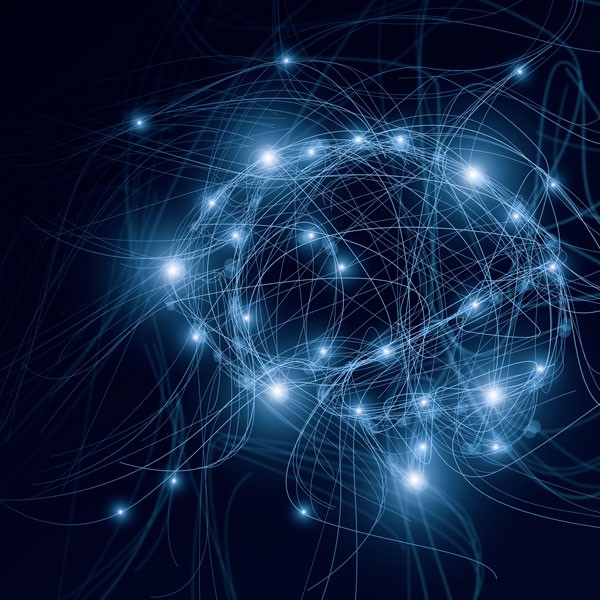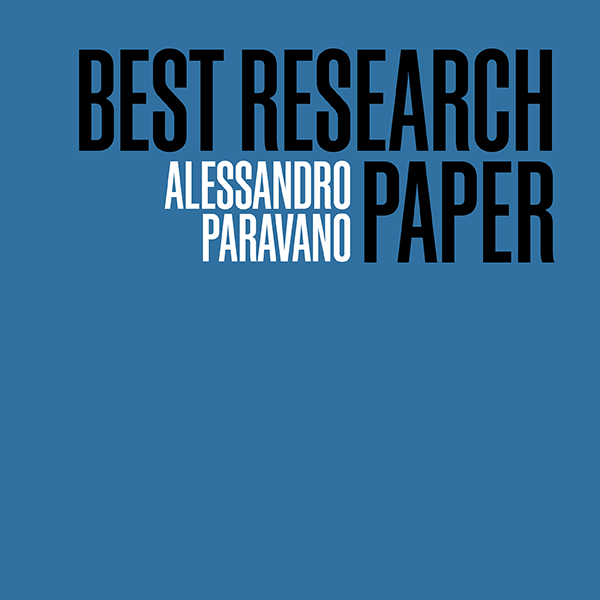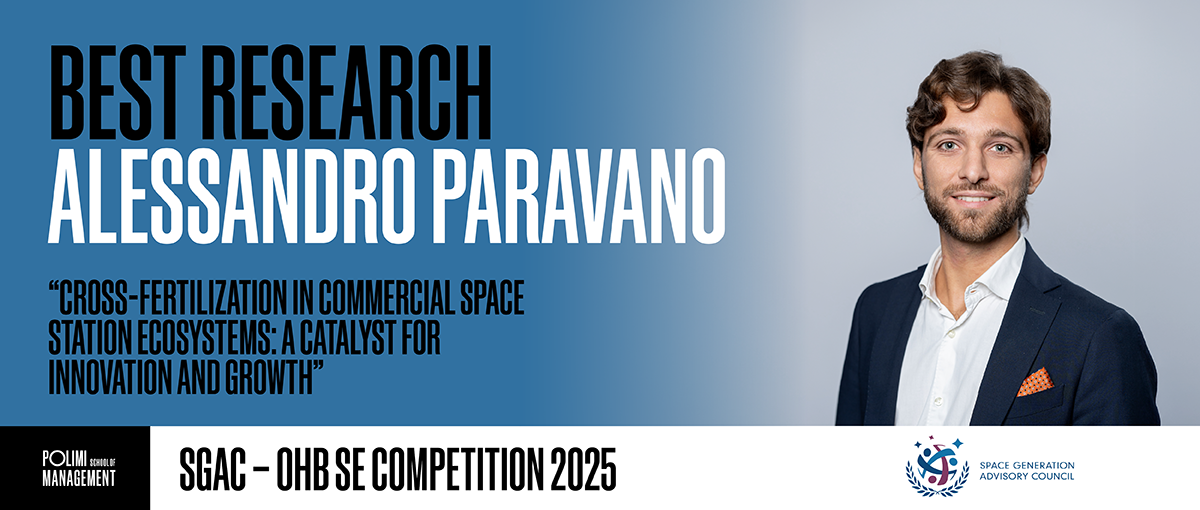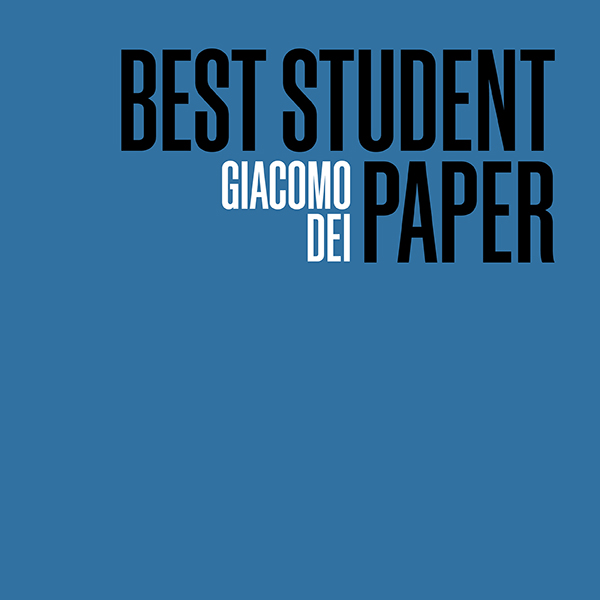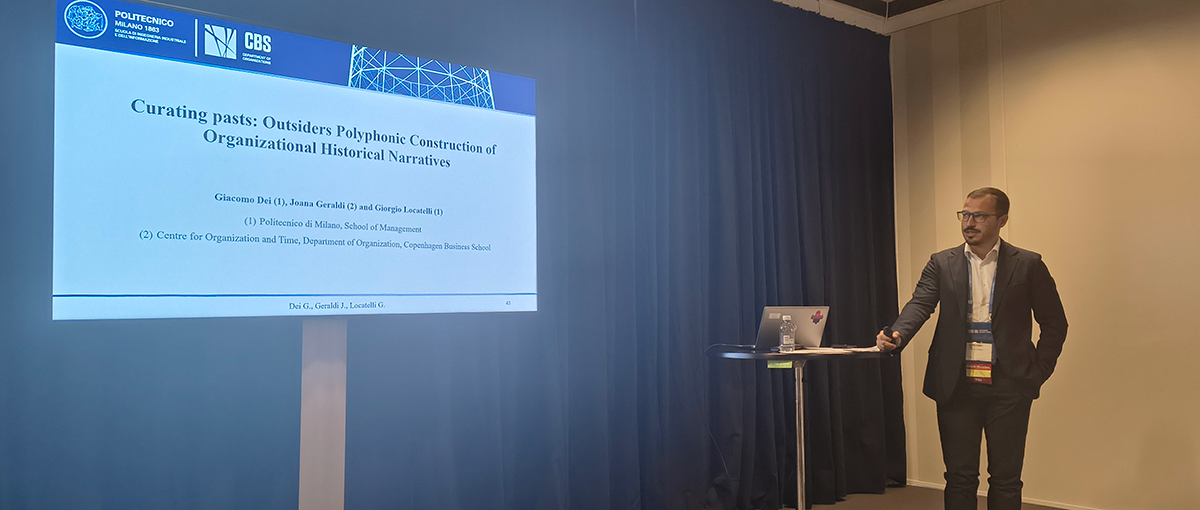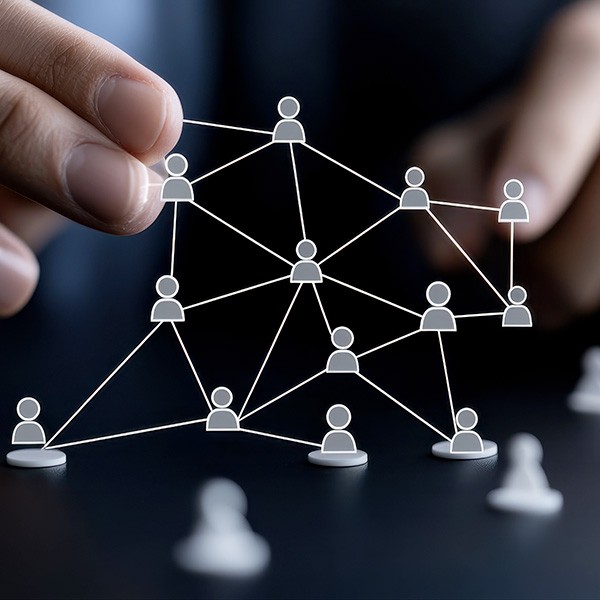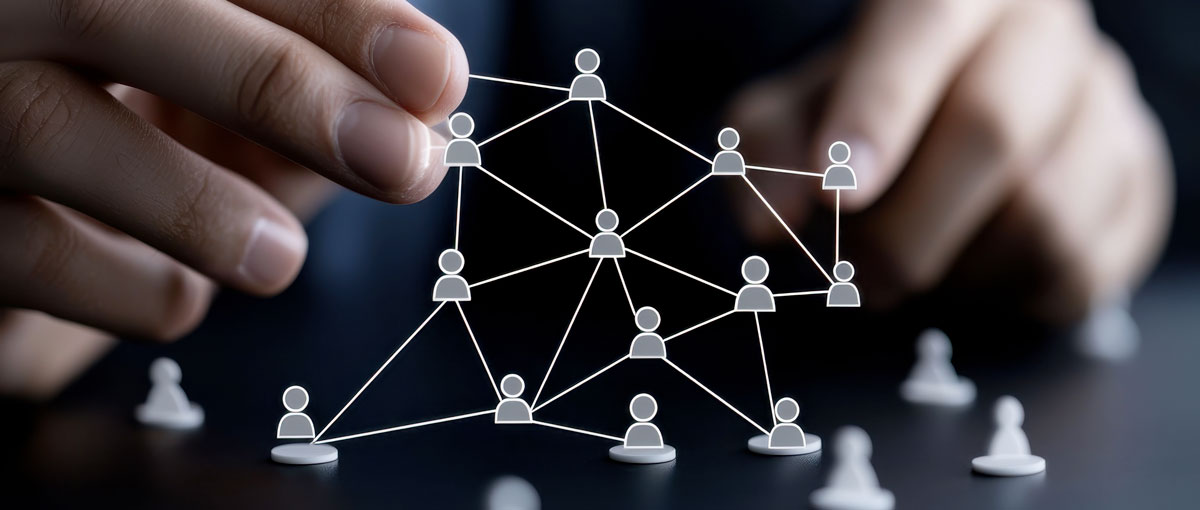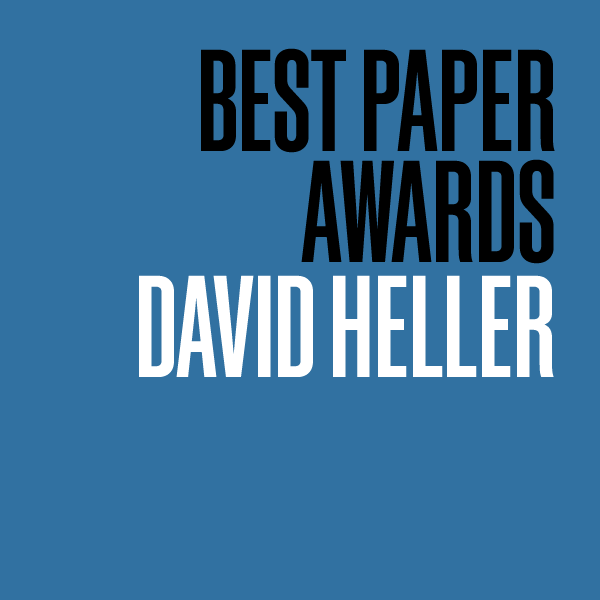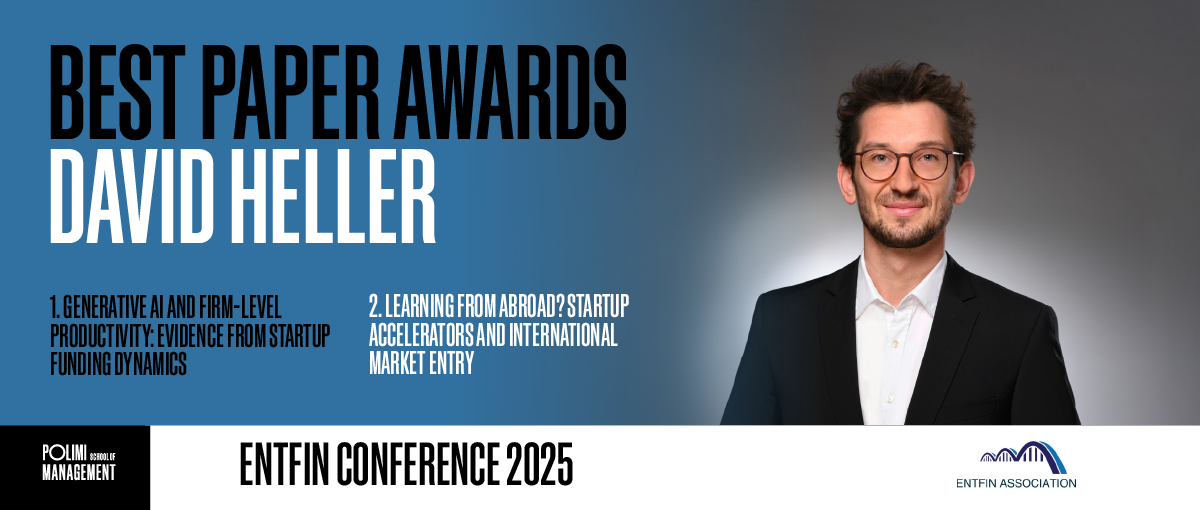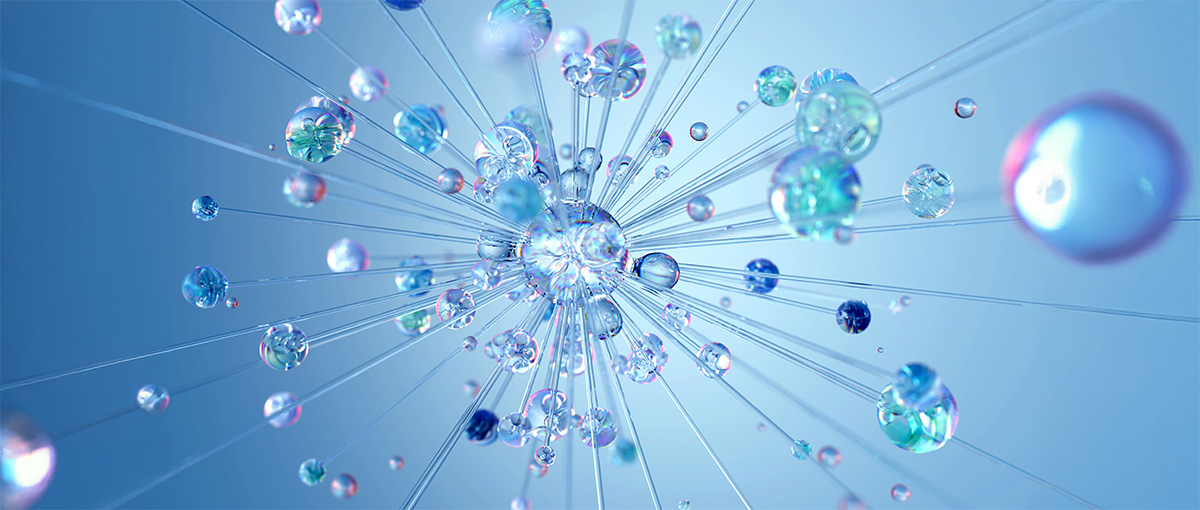
A researcher at the POLIMI School of Management presents a theoretical model exploring how humans and AI can work together effectively in creative and innovation processes.
In today’s innovation landscape, creativity is no longer a uniquely human talent. Thanks to generative artificial intelligence (GenAI), a new kind of creative process is emerging – hybrid, collaborative, and constantly evolving. But how can humans and AI truly co-create? This is the central question of the paper “Human agents, generative AI, and innovation: A formal model of hybrid creative process” by Mattia Pedota, researcher at the POLIMI School of Management of the Politecnico di Milano, and co-authors Francesco Cicala and Alessio Basti.
The paper develops a theoretical model to explain and optimise the way people and GenAI interact during creative tasks. At its heart lies a shift in perspective: in the age of AI, creativity is no longer just about generating ideas, but about orchestrating a collaboration between human and Artificial Intelligence.
The authors conceptualise GenAI as a “superposition of latent entities” – different internal modes, styles, or “personalities” that can be activated and guided through prompts. Each of these entities represents a distinct way of thinking or domain expertise. In this framework, the human role evolves: rather than acting as a traditional creator, humans become orchestrators, able to select, combine and refine the AI’s contributions to produce coherent and meaningful outcomes.
The model draws inspiration from Bayesian optimisation, a process of iterative experimentation, evaluation, and refinement to identify the most suitable “AI mindset” for a given problem. In practice, this involves experimenting with prompts, assessing results, and progressively improving them to reach the most promising creative direction. To deal with the complexity of creative processes, the authors suggest breaking complex problems into smaller subproblems, assigning each to a specific AI entity, and later recombining the outputs. This modular approach mirrors human design thinking and helps overcome both human and AI cognitive limitations, combining the speed and diversity of AI with the human ability to interpret and contextualise.
The paper’s key insight is that creativity in the age of AI requires a blend of analytical and soft skills. It requires both the analytical skills needed to navigate AI’s latent space and the human sensitivity to interpret and align outputs with cultural, ethical, and strategic goals. In this light, AI does not replace humans but acts as a creative partner, reshaping the very notion of creativity as a process of collaboration and mutual adaptation.
This contribution is part of HumanTech – Humans and Technology, the project of the Department of Management, Economics and Industrial Engineering at the Politecnico di Milano, selected and funded by the Italian Ministry of University and Research (MUR) for the period 2023–2027 as a “Department of Excellence”.
In this perspective, human–AI collaboration becomes a new frontier of creativity, where value emerges from the meeting of human intuition and the generative power of machines.
For more information: Human agents, generative AI, and innovation: A formal model of hybrid creative process – ScienceDirect
